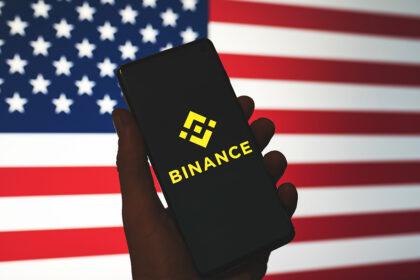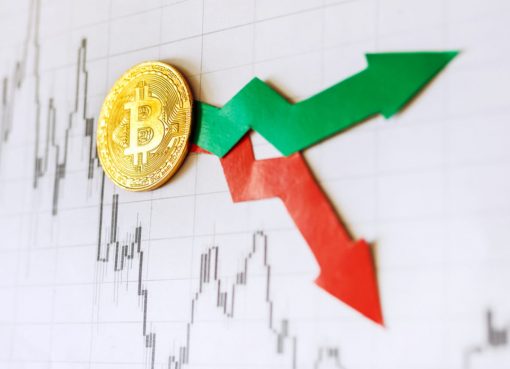However, during today’s global uncertainty and sluggishness of regulatory framework development, private companies are determined to steer clear of grey areas and be compliant to the maximum extent while serving their user base as effective on-ramps into digital finance. At the moment, some experts are worried that MiCA (Markets in the Crypto-Assets framework, which defines cryptocurrencies and stablecoins) will hamper the existence of the DeFi market in Europe since it aims to provide a single licensing framework for crypto projects across all the EU member states by 2024.
“There’s a straightforward thought I need to clarify: MiCA Regulation is creating the foundation for crypto-based neo-banking. It opens the door to global finance for many companies, including institutional players. For STEX, the answer is obvious – we stay regulated and aim to comply with this initiative. With full respect to our competitors’ decision, we’ll gladly take care of their conscious customers who will prefer to stay protected if they act contrary,” noted Vadym Kurylovych, founder of STEX exchange.
Regulations should definitely be considered a good thing by the advancing crypto community. The current advantages of regulated exchanges are numerous and evident. Such platforms are free of the most important risk – clients will not lose the money if the exchange is hacked or compromised: the funds will be refunded and well-protected. The situation that the exchange will use an exit scam scheme is close to zero.
Next, a regulated exchange will not be suddenly shut down by the authorities (taking the infamous BTC-E case into account and several other examples). Finally, while trading on a regulated exchange, the user can be sure that he is not helping money laundering or financing illegal activities such as terrorism in any way.
One of those regulated exchanges focused on providing its users’ with the highest safety measures is STEX platform, fully compliant with all European AML standards. This EU-based exchange supports an extensive set of tools and numerous trading pairs to boost the trading experience. Users can exchange fiat to crypto or vice versa with a few swipes on their mobile devices.
For now, the new age of digital finance is regarded as more problematic than beneficial. The superiority of blockchain is often underestimated and questioned as world governments see more danger coming into existing banking systems.
Is there a chance to find a way that satisfied both parties? The possible path is to allow innovation-driven developers to do their job as they must be encouraged by well-established institutions to further lead the digital transformation. Regulations need to help remove stumbling stones by allowing startups to access the lucrative crypto markets easily, fostering technological innovation along with competitiveness within Europe and the world, and carefully choosing the instruments to educate the local populace on cryptocurrencies.




